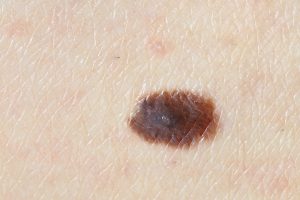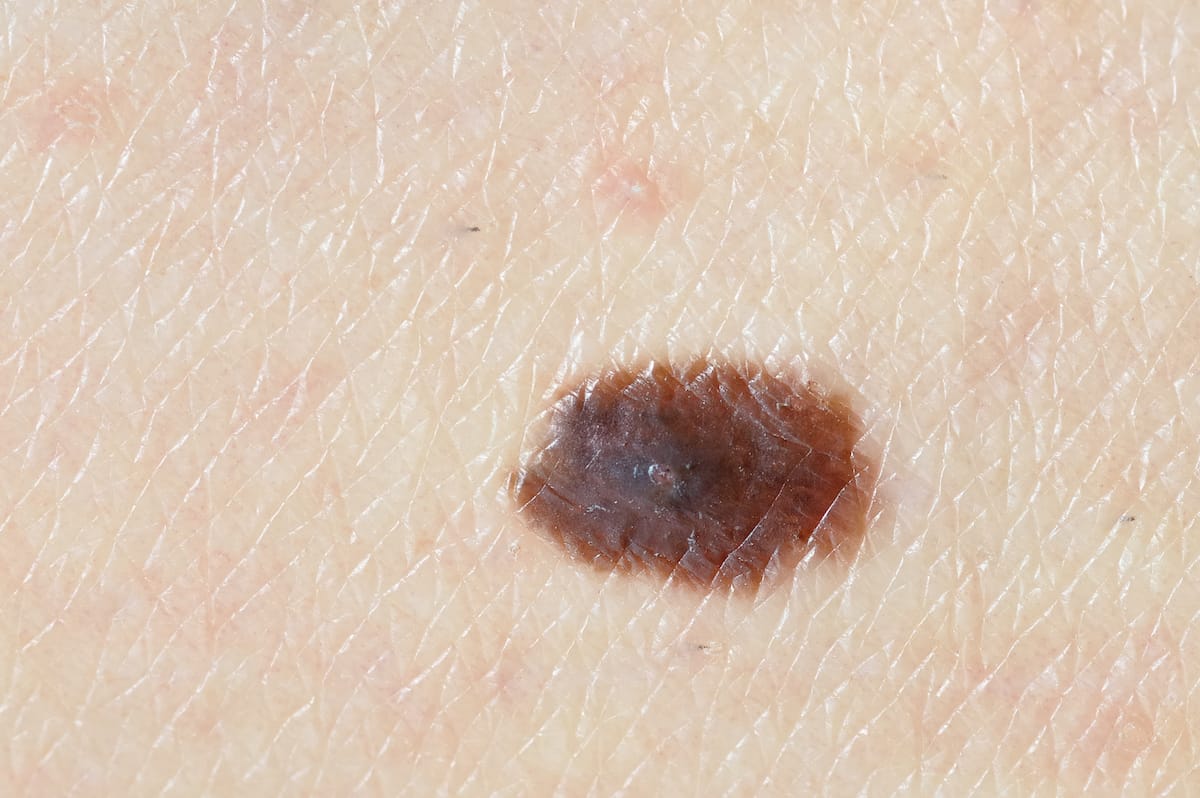 According to the Skin Cancer Foundation, one person dies of melanoma every hour (approximately every 54 minutes). The foundation also reports that each year there are more new cases of skin cancer than breast, prostate, lung, and colon cancer combined.
According to the Skin Cancer Foundation, one person dies of melanoma every hour (approximately every 54 minutes). The foundation also reports that each year there are more new cases of skin cancer than breast, prostate, lung, and colon cancer combined.
If this doesn’t cause you to reflect on the health of your own skin, we can tell you more statistics on this very preventable disease.
One in five Americans will develop skin cancer over the course of their lifetime.
Do we have your attention?
There are so many ways you can protect your skin and minimize your chances of developing skin cancer. One of the easiest ways to reduce your risk is by wearing broad spectrum SPF every single day, even when it’s overcast. Sure, tan skin is considered attractive, but did you know that a tan is actually your body’s way of protecting itself from ultraviolet rays? That’s right, your skin redistributes pigment to keep you safe!
Another equally important defense against skin cancer is to be aware of any changes in your skin and have regular check-ups with your dermatologist. The Skin Cancer Foundation recommends performing a head-to-toe self-exam every month.
It’s important to know that skin cancer cannot always be identified with the naked eye. The area of skin in question will need to be thoroughly evaluated and tested by a dermatologist. If you find a suspicious patch of skin or an abnormal freckle or mole, schedule an appointment immediately.
Types of Skin Cancer
There are three major types of skin cancer: Melanoma, squamous cell carcinoma, and basal cell carcinoma. Squamous cell and basal cell carcinomas make up the majority of skin cancers and while malignant, they are unlikely to spread to other areas of the body. On the other hand, melanoma is a highly aggressive cancer that can spread to other areas of the body and be fatal.
What to Look For
Melanoma will appear as an irregular or asymmetrical mole or growth. These moles may also have rough, irregular edges and different shades or colors in its center. Though many skin cancers are the result of sun exposure, melanoma can appear in the armpits or bottoms of the feet.
You can use the ABCDE method to help determine if an abnormal skin growth could be melanoma:
- Asymmetrical shape
- Border irregularities
- Color that isn’t consistent
- Diameter larger than 6 millimeters
- Evolving size or shape
Basal cell carcinoma is the most common form of skin cancer and is usually found on the head and neck. It typically appears on skin as a raised, pearly or waxy pink bump with a divot in the middle. It can also appear translucent with blood vessels near the skin’s surface.
Squamous cell carcinoma is found on the outer layer of the epidermis and appears as red, scaly skin lesions. It shows on areas of sun-exposed skin such as the hands, head, neck, lips, and ears.
The Dermatology Center of Indiana services Frankfort, Kokomo, Lafayette, West Lafayette and Lebanon along with many other cities throughout Indiana. Join us today in one of our locations where you are always welcome!
